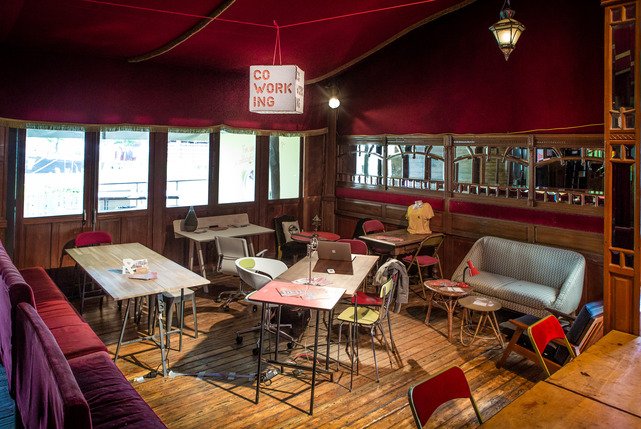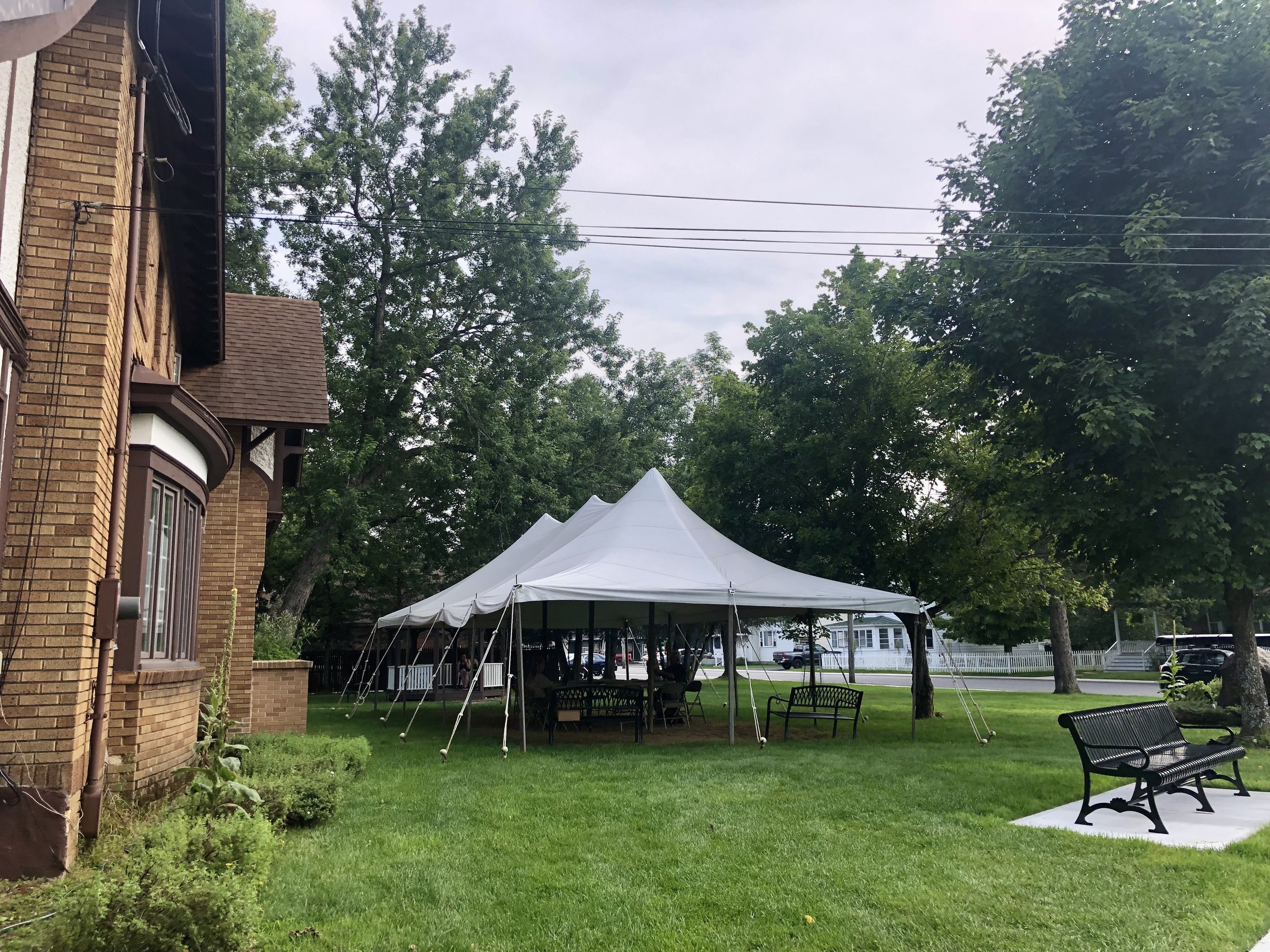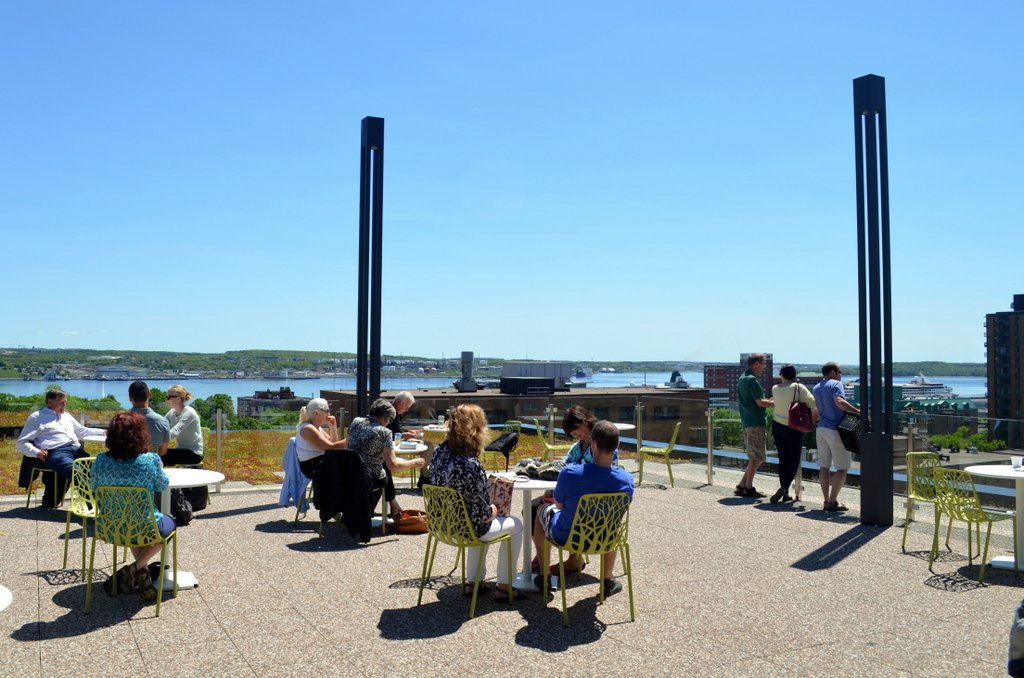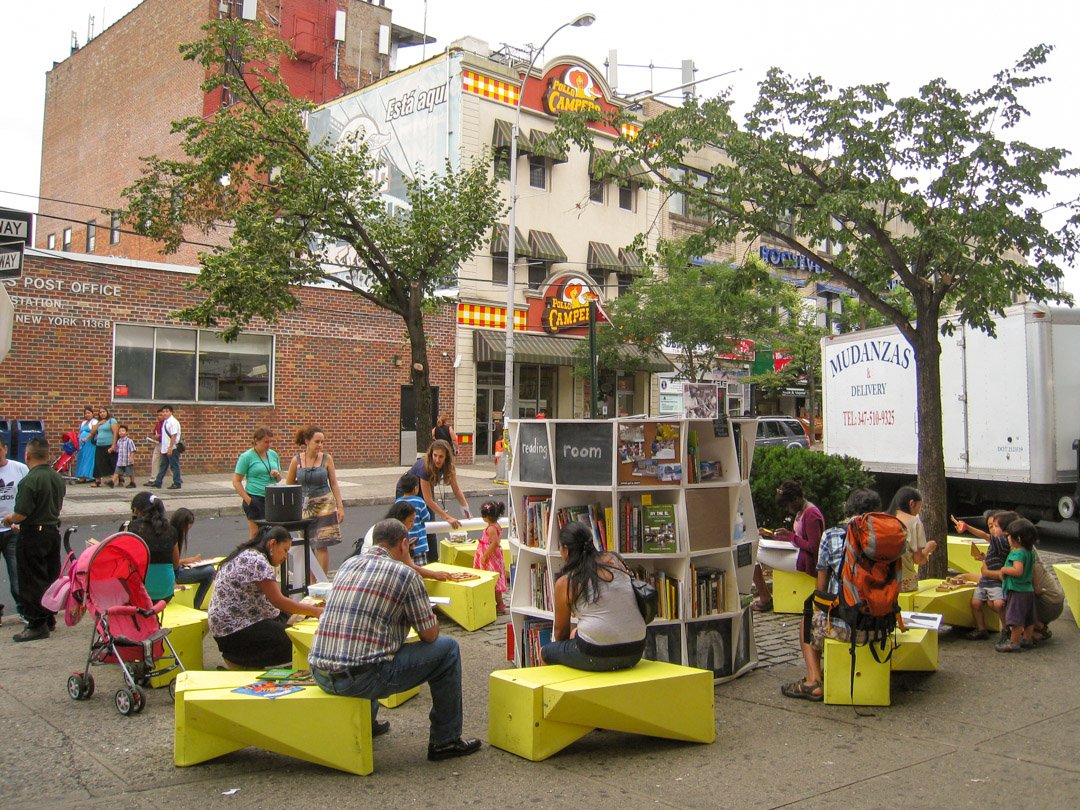Co-Working, Pop-Up Workspaces, and Wi-Fi Hubs






Photo credits as noted, or ©Community Workshop LLC
Where: Everywhere!
What: Flexible workspaces with high-speed broadband for remote workers and entrepreneurs
Co-working spaces are shared offices that usually offer desks or flexible workspaces, stable broadband connections, printers or other office equipment — and the chance to connect with other people working remotely. Co-working hubs often offer flexible arrangements, from renting a dedicated small office or desk to paying by the day to drop-in. During the COVID-19 pandemic, a new set of spaces have emerged to offer free Wi-Fi connections and informal workspaces (often outdoors) to accommodate more people suddenly working from home.
Why: Boost employment and entrepreneurship, fill broadband service gaps, and build community
Home-based workers, start-ups, makers, and entrepreneurs are a big part of the local economy. Providing better broadband and public workspaces is a key way to boost employment and wage growth, nurture small businesses, attract more remote workers and tourists, and help students. That’s especially important in rural areas, where broadband gaps are serious barriers for workers and students. Formal co-working spaces are a unique business opportunity and can fill vacant buildings. They offer collaboration and community, as well as printers, meeting rooms, video conferencing and other technologies that independent workers may not be able to afford.
But co-working and community work spaces don’t have to be fancy, or even permanent. All people need is a fast connection and a comfortable place to sit. Most libraries already meet this need; they can serve even more people by adding private meeting rooms or outdoor seating for safe workspace during COVID-19 or when they’re closed. Villages and downtowns can create free downtown wireless zones or WiFi hotspots, which attract tourists and reduce costs for businesses. Restaurants can even open up during the day to workers, earning some extra income during off hours.
More:
Visit: Drop into a co-working space to see what it’s all about. Try the new Rock City Centre in Little Falls.
Learn about co-working: Find out more about opening a co-working space in Coworking Mag
Check out pop-up co-working: See how other places have set up creative pop-up co-working events and how some restaurants are increasing revenue by inviting in daytime co-workers
Explore outdoor workspaces: See how Boston’s Somerville Public Library set up a free outdoor workspace during the pandemic
Get on the broadband bandwagon: However many co-working sites we have, we still need broadband access for all. Join ADKAction for a 30-minute monthly conference call to discuss best practices for getting broadband to rural communities.
Get Inspired:
Start with seating: All it takes to start is putting a bench or table outside a space that already has a public WiFi connection, like a library or town hall. Even better — put up a sign so people know they can use it.
Pop-up co-working: Create the benefits of a co-working community without the expense of a space. Find a willing restaurant, gallery, library community room or other space and invite remote workers to join you for a day.
Get creative: What could signs do or offer beyond just the names of locations? Think about how to use signage to meet other goals like walkability, affordability, or building community.
